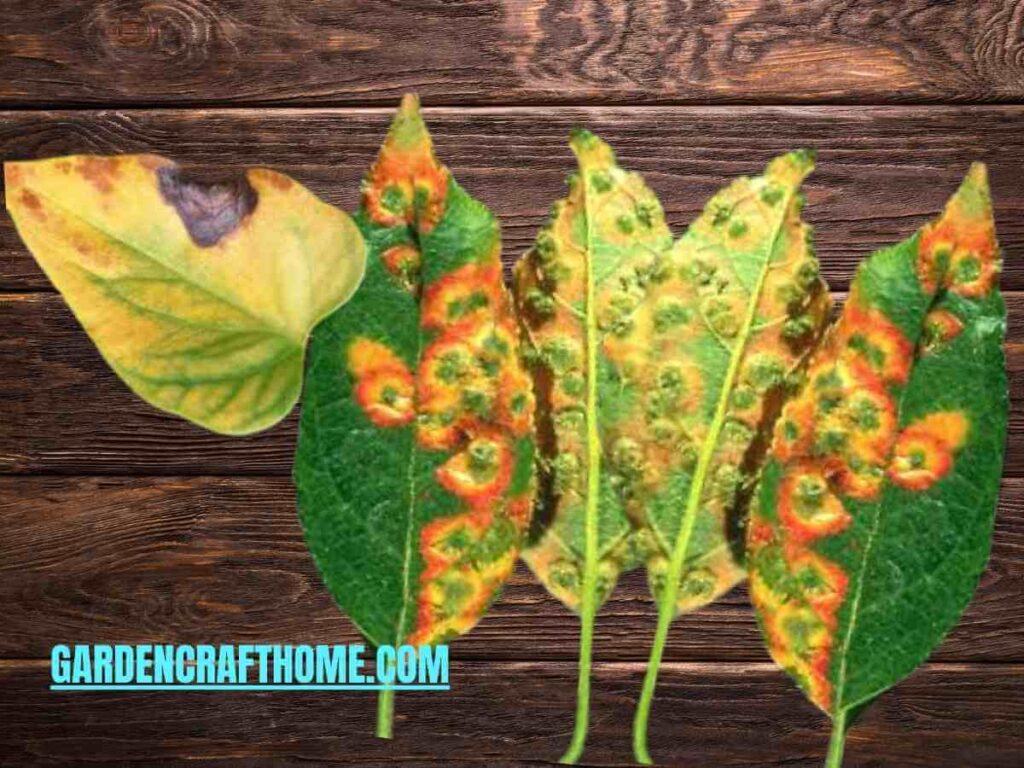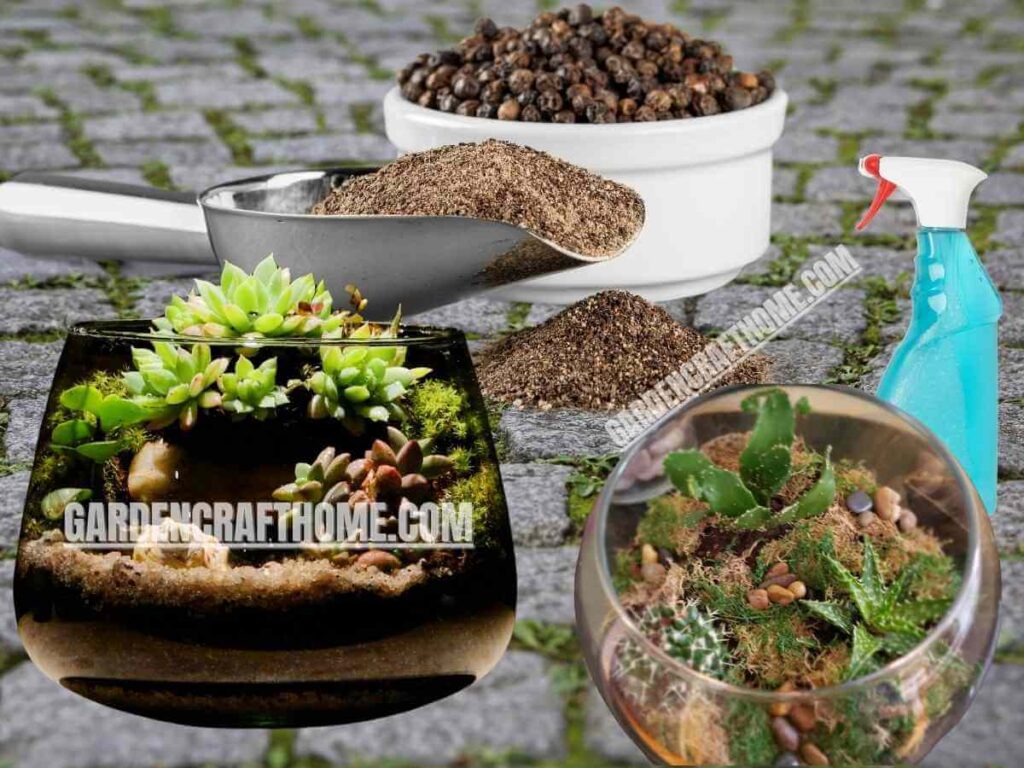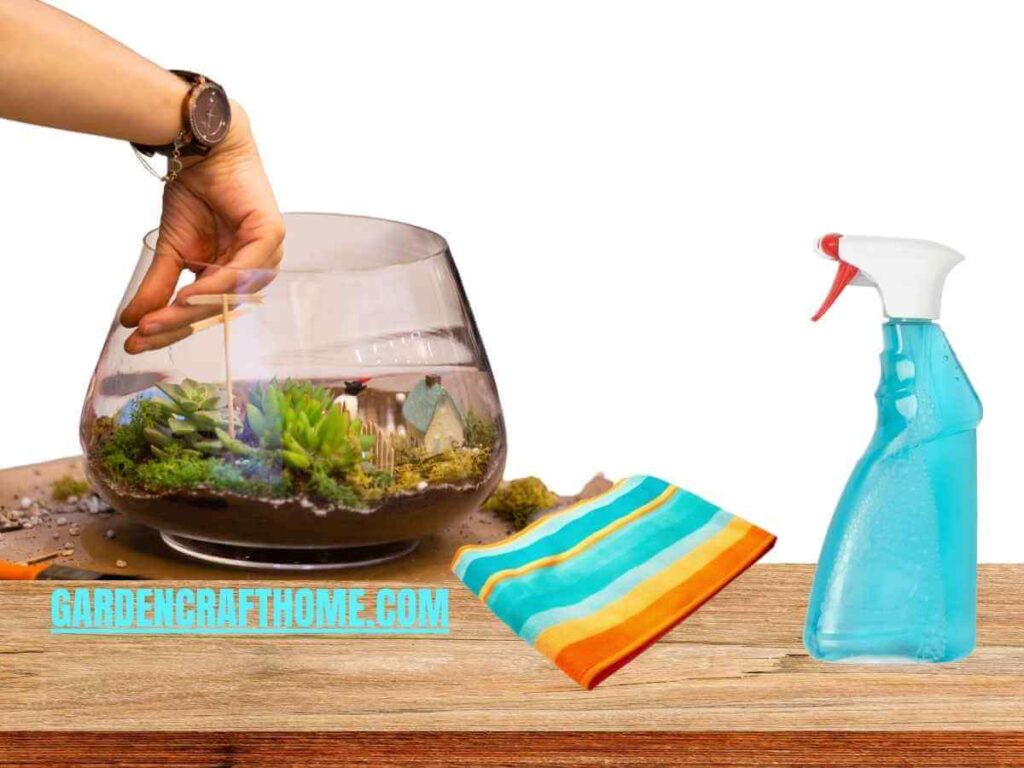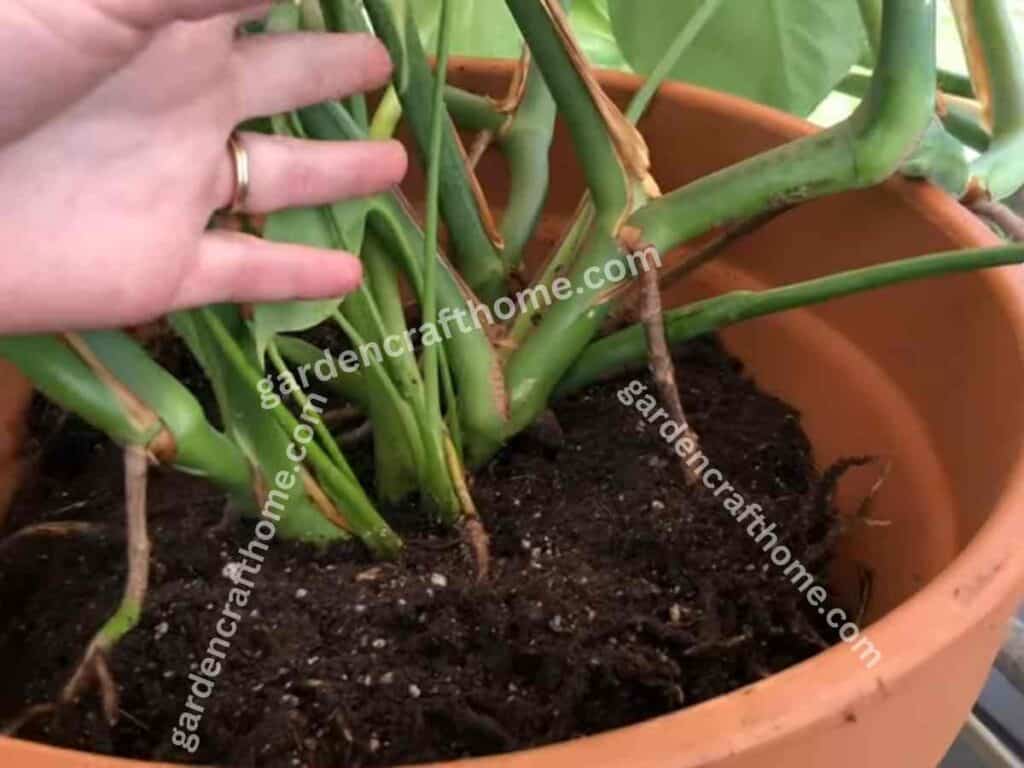Let’s talk about How To Treat Anthurium and the most common infections that this plant gets so you can learn how to spot and treat them.
Many illnesses can affect Anthuriums, which are familiar to houseplants. They can get worse or even kill the plant if you don’t care for them.
You will know what to do if you become aware of the signs that your Anthurium is sick by the end of this article.
Also, read How to Grow Anthurium in Water without Letting it Rot. Read here [link]
What Are Anthurium Diseases?
Anthurium can be the victim of numerous fungal and bacterial diseases in the leaves, collar, and root systems.
These infections usually develop in humid, poorly ventilated, and waterlogged environments.
They are transmitted to the plant using non-sterilized equipment such as pruning shears or pots.
The most common disease in Anthurium is root rot, caused by Pythium or Phytopthora-type fungi that affect the roots when the soil remains wet for too long.
In addition to rotting the roots, the symptoms are visible on the leaves, which turn yellow and dry out. [link]
Anthracnose is also a fungal disease common to this plant, which attacks the leaves, causing brown necrotic spots surrounded by a yellow halo.
Diseased Anthurium leaves [link] begin to dry from the tip or along the edges, progressing towards the inside of the blade as the infection progresses.
Some species, such as Anthurium Clarinervium, Crystallinum, and other velvet-leaved ones, are susceptible.
Added to the fungi are even more lethal bacterial diseases that cause wet, viscous-looking stains with an unpleasant odor.
Bacteria spread rapidly, especially in warm, humid environments. If not identified and treated promptly, you could end up with a dying Anthurium within a few days.
Also, read How to Flowers Anthurium and avoid flowering problems. Read now.[link]
What Are Common Anthurium Problems?
Among the problems that most often arise when we take care of Anthurium, we find:
- Yellow leaves. Read more… [link]
- Spotted or dry leaves
- Floppy leaves
- Spotted or dried flowers. Read more… [link]
- Discolored flowers
- The plant does not flower
- Pests such as aphids, scale insects, thrips, and mites.
Anthurium leaves get spotted, brown, or dry when parasite infections are ignored; I’ll cover this in a later piece. Please read about it. [link]
The other problems are not always due to diseases but can be caused by cultivation errors or unfavorable environmental conditions.
These errors, however, can, in some circumstances, indirectly cause the onset of fungal, bacterial, or parasitic diseases.
How To Understand If Anthurium Is Sick Or Not?
Before starting to fight diseases and parasites with a drawn sword, we must analyze the context in which the plant is found and the care we are giving it.
Yellow or spotted leaves can be caused by environmental factors, such as low humidity, temperature, or too strong light.
Added are cultural factors such as watering, soil, and fertilization.
Suppose the Anthurium looks wasted even though you have done things properly and all the puzzle pieces are in place. In that case, it probably has a disease or is infested with some parasite.
Also, read How to Water the Anthurium the Right Way. Read here.[link]
How To Treat Anthurium Plant
Fungal diseases can affect different organs of the Anthurium; some attack the leaves, and others attack the collar or roots.
Root Rot And Collar Rot

If the Anthurium has root or collar rot, repotting the plant after removing the rotten roots is essential. Sterilize the pot with bleach and use new, airy, well-draining soil.
Then, the damaged leaves are removed, and the Anthurium is treated with a systemic fungicide to fight the infection and prevent recurring problems.
Leaf Diseases
If the fungal disease has only affected the leaves of the Anthurium, the process is quicker.
Cut off the stained parts or remove all the leaves if they are severely damaged.
Then, treat the plant with a systemic fungicide following the instructions written in the leaflet.
You can also read the following [link]
- What Are The Benefits Of Eating Guava
- How To Eat Star Apple
- What Is The Advantage Of Cucumber
- What Is A Cucumber Classified As
- Is Strawberry A Citrus Fruit
How Are Bacterial Diseases Treated In Anthurium?
While several bacteria may infect houseplants, Xanthomonas is the most frequent culprit for Anthurium.
Because bacterial infections spread quickly within the plant and across specimens, they need to be treated carefully.
The best way to prevent these diseases is to:
- Avoid wetting the leaves in the evening and during cold seasons
- Ensure air exchange and keep the environment ventilated
- Use sterilized scissors, shears, and jars
- Isolate sick or suffering plants
- Wash your hands if you have previously handled damp material or soil
Suppose the bacterial infection is already present in the Anthurium plant. In that case, the first thing to do is remove the sick specimen from the rest of your plants at home.
Subsequently, the stained leaves must be removed and thrown away. We spray 3% hydrogen peroxide (the classic at home) above and below the leaves.
Do this in the morning or ensure the plants dry before evening.
If, after a period of observation and a couple of treatments, the problem recurs, it will be necessary to treat with specific antibacterial products or eliminate the plant.
How To Prevent Fungal Diseases?

Fungi increase, especially in humid and poorly ventilated environments.
Some of these are characterized by zoospores that can pass through the cell walls of plants using water as a “medium of transport.”
If water stagnates on the leaves or between the roots, it can enter the plant and spread inside it.
Other fungi, however, need wounds (or lesions) to access plant tissues, such as broken leaves or rotten roots.
Fellow this step To stop the fungal from spreading.
- Avoid stagnation of water in the soil and on the leaves
- Use good potting soil
- Keep the air moving
- Avoid letting leaves come into contact with damp or cold surfaces
- Remove dead or rotting tissue
- Use well-cleaned and sterilized equipment (possibly with bleach)
Conclusions
As you have seen, fungi and bacteria are two diseases that should be taken seriously. The best thing to do is undoubtedly learn to prevent them.
Start by watering with the right frequency and avoiding wetting the leaves during the winter or evening.
Keep the room ventilated and prevent leaves from touching windows or walls, especially in cold weather.
The Anthurium may get sick even if we do everything correctly; we keep it at home, not in a laboratory. Conditions are not always perfect.
In this case, follow the instructions in this post to see that you can treat it successfully.
Also, read the following if interested [link]





